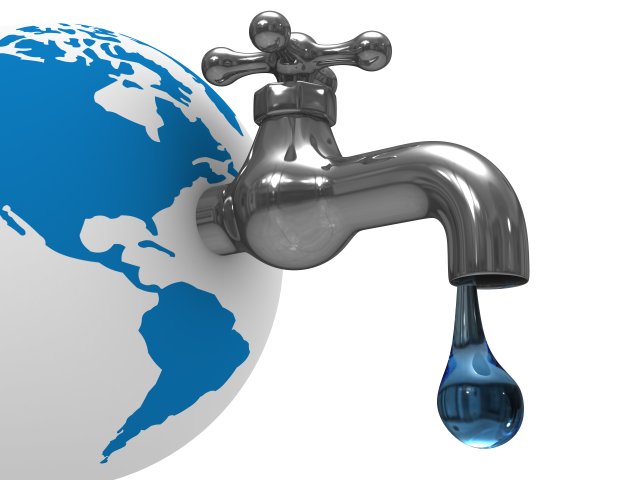Power Resilience and Secure Water Treatment Chemicals Webinar
About the Webinar

Watch the webinar (June 28, 2022)
Small Drinking Water Systems Webinar Series
Presentation 1: Power Resilience for Small Systems
This presentation provides an overview of some of the ways small systems can increase their power resilience including coordination with their electric providers, generators and fuel supply planning, battery energy storage systems, and renewable energy (e.g., solar and wind).
Presentation 2: Utilizing System Partnerships to Secure Water Treatment Chemicals
This presentation provides best practices that small systems can employ to prepare for or respond to supply chain disruptions. It explores the use of system partnerships in preparing for potential treatment chemical supply issues, and how the Drinking Water State Revolving Fund could be used to help prepare for and mitigate chemical supply issues due to disasters.
About the Presenters
Presenter 1: Lauren Wisniewski
Lauren has been at EPA for 20 years and working to address water and energy sector interdependencies since 2013. Her efforts include leading over 30 workshops across the country and developing several EPA resources including EPA’s Power Resilience Guide for Water and Wastewater Utilities.
Presenter 2a: Gabrielle Minton
Gabrielle serves as a physical scientist within the EPA’s Office of Water. Gabrielle supports EPA’s water and chemical sector interdependency, where she focuses on increasing water sector resilience to supply chain challenges.
Presenter 2b: Dallas Shattuck
Dallas is a Physical Scientist in EPA’s Office of Water and is part of the Drinking Water State Revolving Fund (DWSRF) team where she helps with program implementation, technical assistance, training, and oversight. Previously, Dallas worked with EPA’s DWSRF team as an ORISE research participant. She has a master’s degree in Environmental Resource Policy from George Washington University in Washington, D.C. and Bachelor of Science degrees in Chemistry and Criminal Justice from Saint Francis University in Pennsylvania.
